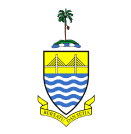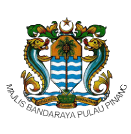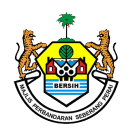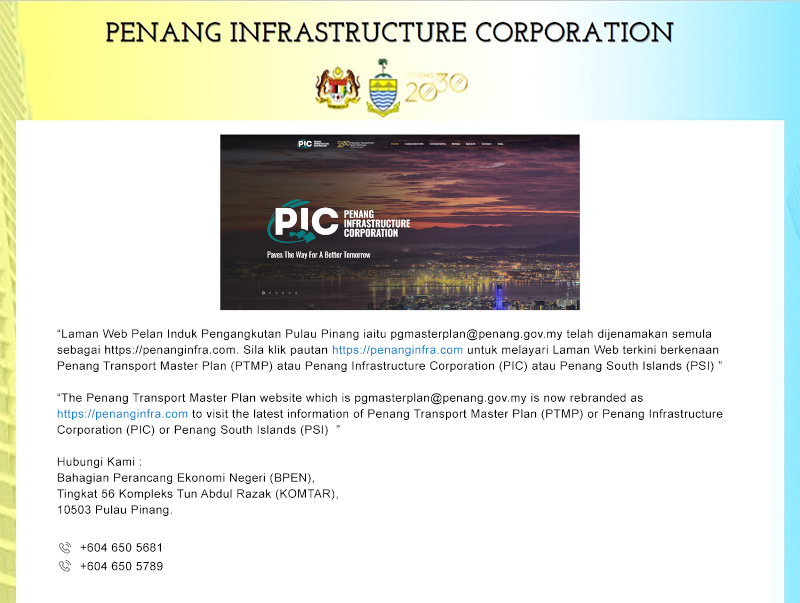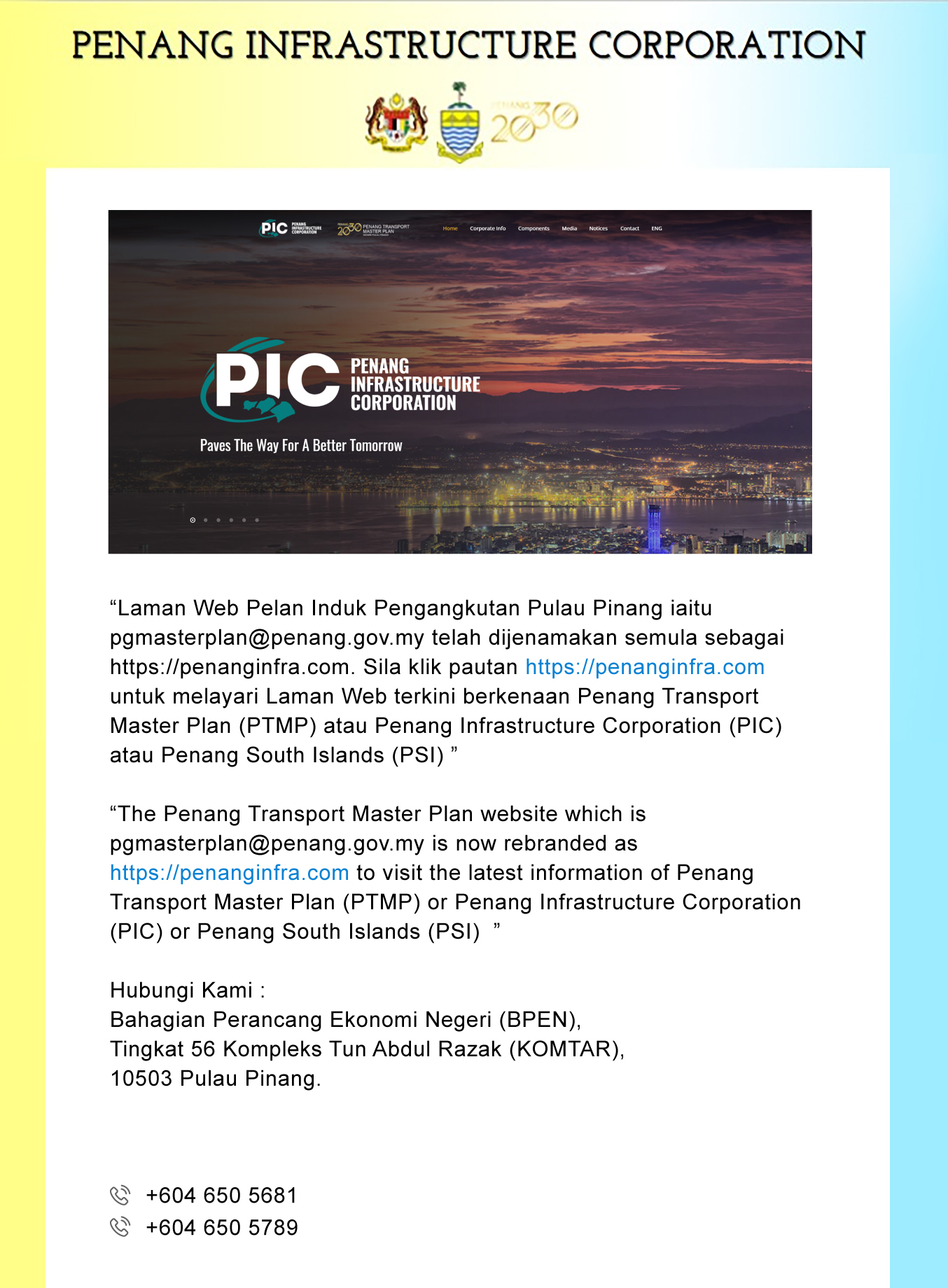PUBLIC TRANSPORT
The Penang Government’s PTMP outlines an integrated transit network with appropriate long-term capacity to increase public transport adoption in the state.
The public transport strategy is designed to work in concert with concurrent road and highway network upgrades, and others to achieve holistic improvement and higher efficiency in travel experience for the public.
For Penang Island, four transit lines are proposed:
| Penang Island | Length (km) | Number of Stations | |
|---|---|---|---|
| 1 | Bayan Lepas LRT (pending approval) | 30 | 27 |
| 2 | Future Air Itam Line | 13 | 13 |
| 3 | Future Tg Tokong Line | 7 | 8 |
| 4 | Future Tram (in the George Town heritage city) | 2 | 6 |
| TOTAL | 52 | 54 | |
The proposed Bayan Lepas LRT (BL LRT) and two future transit lines will form the “backbone” of the island’s rail network. The standard, quality and ridership appeal of the systems will be far superior when compared with the tram and BRT.
These three main transit corridors of Bayan Lepas, Air Itam and Tg Tokong are 3km apart. First-mile and last-mile accessibility for these lines can be further enhanced through strategic feeder bus services – each linked to an LRT or monorail station.
When travel demand warrants in the longer term, the Air Itam Line can possibly be extended to link with the southern segment of the BL LRT to further enhance the rail lines’ integration and connectivity.
From the planning perspective, the PTMP’s priority is to build the BL LRT as the island’s first LRT line to meet rising demand along the north-south corridor. The LRT’s Railway Scheme is now pending federal approval.
This approach is comparably similar with KTMB, which has introduced its Komuter service on the electrified double tracks in Seberang Perai. The BL LRT’s economic appraisal has also shown that it is more economically viable compared with the other lines.
The Air Itam and Tg Tokong Lines are still not economically viable, but there is a case for their introduction at an appropriate stage to provide a more unified network and encourage mode transfer from private vehicles to public transport.
For Seberang Perai, three transit lines, as well as bus rapid transit (BRT) extensions, are proposed to connect with the KTM Komuter line:
| Seberang Perai – Proposed Lines | Length (km) | Number of Stations | |
|---|---|---|---|
| 1 | George Town (The Light) – Butterworth (Penang Sentral) – Sg Nyiur Line | 18 | 8 |
| 2 | Raja Uda – Sg Nyiur – Bukit Mertajam – Permatang Tinggi Line
|
28 | 21 |
| 13 | 10 | ||
| 3 | Permatang Tinggi–Batu Kawan BRT
|
14 | 15 |
| 15 | 16 | ||
| 11 | 6 | ||
| TOTAL | 99 | 76 | |
| GRAND TOTAL | 151 | 130 | |
The KTM Komuter line in the Northern Peninsular connects Padang Besar di Perlis and Padang Rengas in Perak, with in-between stops at stations in Seberang Perai, including Penang Sentral in Butterworth.
In addition to the commuter rail services, provision for more transit lines is made to serve anticipated higher-density development areas in Seberang Perai. The advantage of this early identification is to reserve public transport corridor as part of the State’s planning process.
It can be seen that some parts of the proposed BRT and transit lines are generally parallel to the Komuter routes, often being less than 2km apart.
In keeping with the rail transit approach in Penang Island, it would be more appropriate to allow local feeder buses into the Komuter service areas in the short term. However, in the long run, these transit lines can be delivered when the need arises.
In order to plan for the future, the entire proposed public transport network takes cognisance of the need to enable efficient multi-modal integration and flexibility in delivery phasing in order to maximise accessibility, and future catchment and economic viability.
The proposal does not recommend planning the transit network line by line, although each line can be built at different times within the proposed framework to allow better integration between current and future lines.
The prescribed systems in the proposed public transport network, which is subject to continuous reviews and improvements, will serve to shape foreseeable future transit-oriented developments (TODs) and function as a framework to ensure sustainability of future lines. It is also an essential step in integrating transit with land use planning as part of the Structure or Local Plan process.
With an integrated approach, the entire transit system will operate effectively as a single ‘unified’ network to provide a seamless and cohesive public transport strategy.
However, the transit lines slated for future realisation are still proposals and subject to further feasibility evaluation at the time of execution, taking into consideration travel demand, development intensity, transit system capacity, target modal share and socio-political acceptance of the appropriate transit system (elevated or at- grade).

